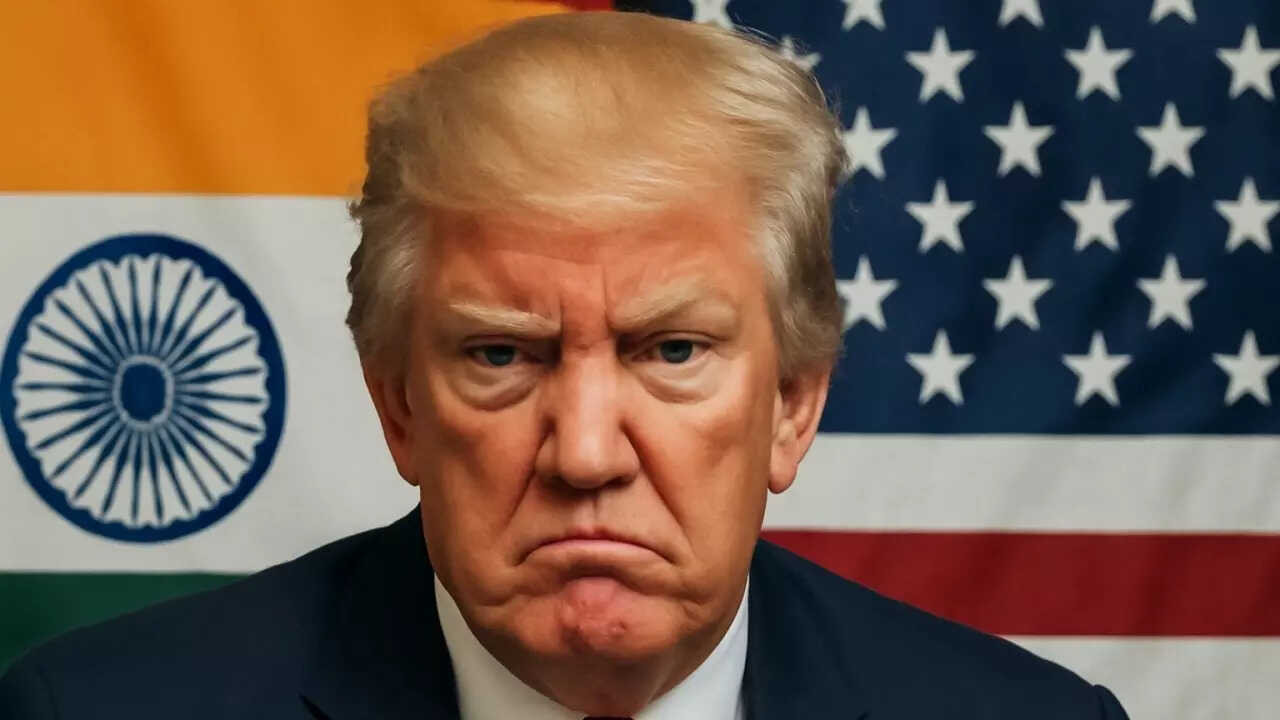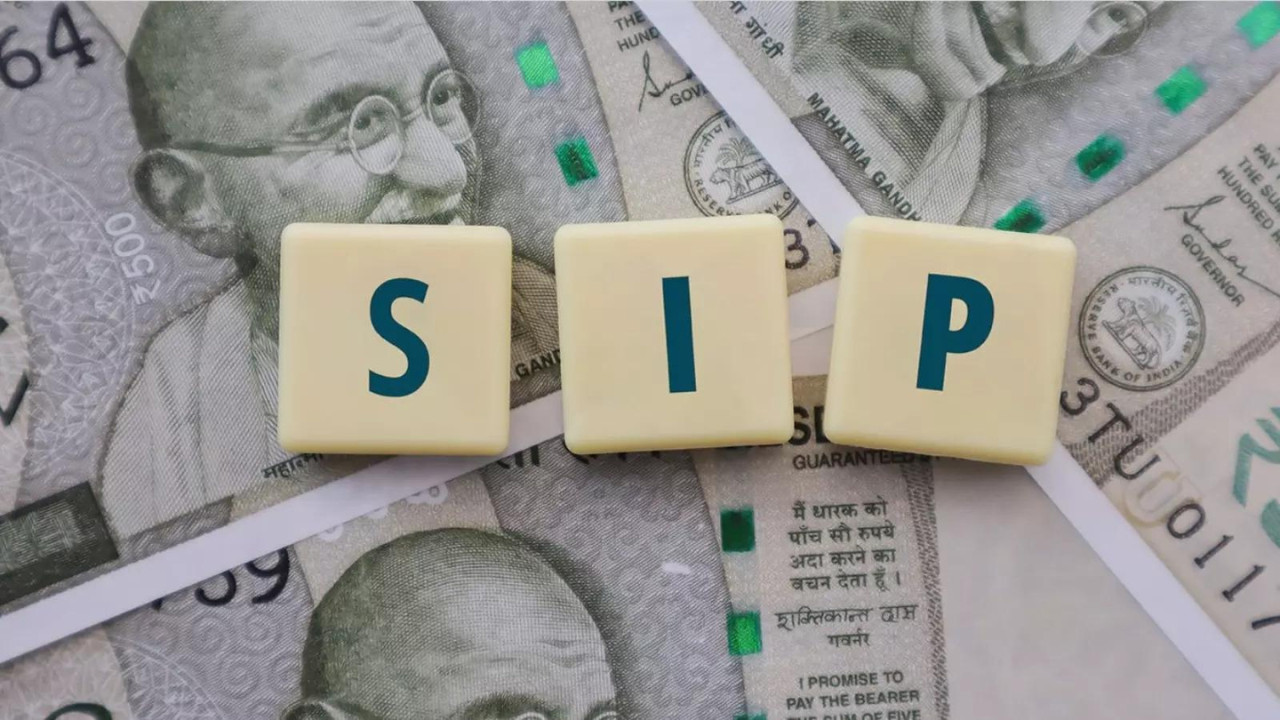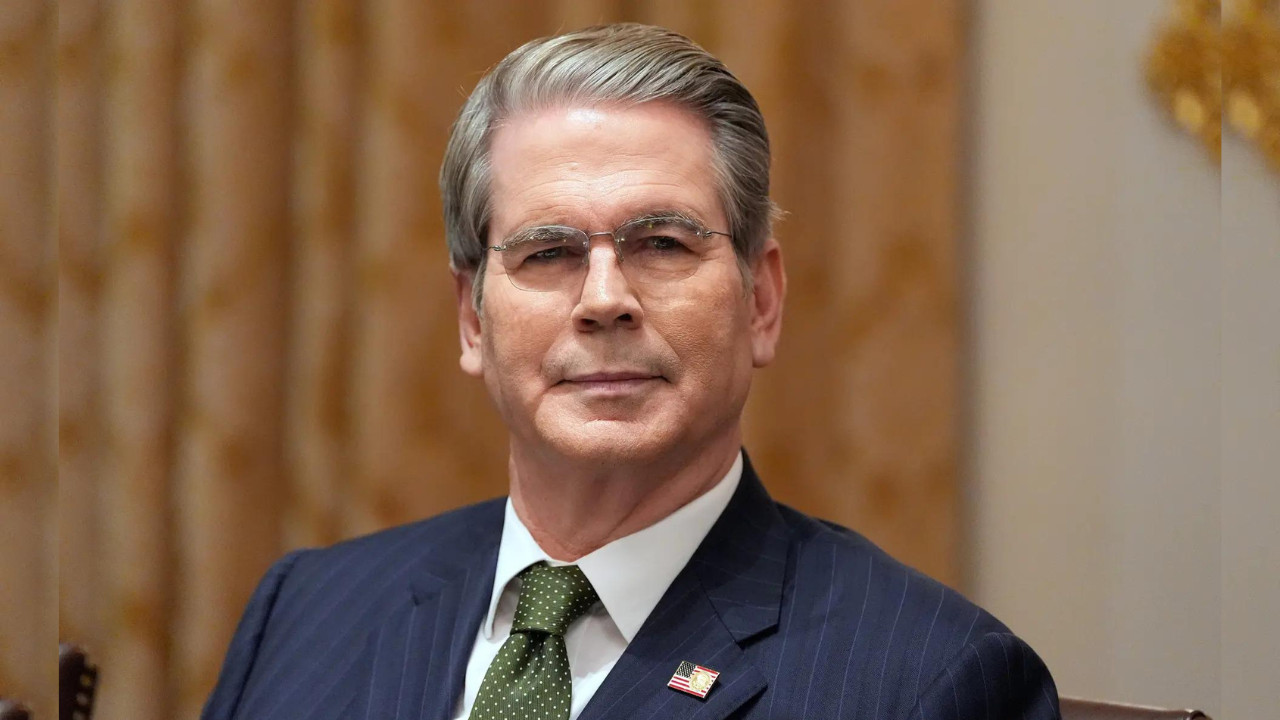US President Trump, frustrated with stalled trade negotiations with India, has announced a 25% tariff on Indian goods starting August 1st. This decision stems from concerns over India’s high tariffs, non-monetary trade barriers, and continued reliance on Russia for energy and military equipment.
Navigating the Trade Winds: Is a 25% Tariff the Answer to US-India Trade Imbalance?
The air crackles with tension in the world of international trade, and India has found itself squarely in the crosshairs. Recent rumblings from across the Pacific suggest a growing impatience with the pace of US-India trade negotiations. The question on everyone’s mind: could a 25% tariff be on the horizon, and what would that mean for businesses on both sides of the globe?
For years, the United States has voiced concerns about what it perceives as unfair trade practices, and barriers hindering American companies from fully accessing the burgeoning Indian market. These concerns range from import duties to regulatory hurdles, creating a complex web of challenges for those seeking to expand their reach into India.
While both nations have engaged in dialogues and negotiations to address these issues, progress has been, shall we say, glacial. There’s a growing sentiment in some corners of the US government that a more assertive approach is needed to level the playing field. This has led to the speculation that a substantial 25% tariff on certain Indian goods might be deployed as a tool to accelerate these discussions and bring about more favorable trade terms.
Understanding the Potential Impact of a 25% Tariff
A tariff of this magnitude wouldn’t be a mere pinprick. It could significantly alter the competitive landscape for Indian exporters. Products ranging from textiles and agricultural goods to certain manufactured items could become considerably more expensive for American consumers, potentially leading to decreased demand.

For Indian businesses, this could translate into reduced export volumes, squeezed profit margins, and even job losses in some sectors. The impact would likely be felt most acutely by small and medium-sized enterprises (SMEs), which often lack the resources to absorb such a substantial cost increase or to rapidly diversify their export markets. It is imperative for businesses to have India trade strategies prepared.
On the other side of the coin, some argue that such a tariff could incentivize American companies to increase domestic production, creating jobs within the US. It could also put pressure on the Indian government to expedite trade reforms and address the concerns raised by the US. The situation is, of course, multifaceted.
Beyond Tariffs: A Broader Look at US-India Trade Relations
It’s important to remember that the US-India trade relationship is far more complex than just tariffs. Both countries have deep and intertwined economic interests. India is a major importer of American goods and services, including aircraft, machinery, and software. The US is also a significant source of foreign investment in India, fueling the growth of its technology sector and infrastructure development.
Moreover, the two nations share strategic interests in areas such as defense and security. A trade war could potentially strain these broader relationships, undermining cooperation on other critical issues.
The ongoing conversations surrounding the US India trade dynamic are also colored by geopolitical considerations. India’s relationship with Russia has drawn scrutiny. With potential additional penalties looming for trade with Russia, India needs to navigate a tricky geopolitical landscape.
Finding a Path Forward: Beyond Retaliation
So, what’s the best way forward? Is a 25% tariff the magic bullet that will unlock a new era of fair trade between the US and India? Many would argue that it is not. A more constructive approach would involve sustained dialogue, a willingness to compromise, and a focus on identifying mutually beneficial solutions. This could include addressing specific trade barriers, streamlining regulatory processes, and promoting greater transparency in trade practices.
For example, fostering greater collaboration in emerging sectors like renewable energy and digital technologies could unlock new opportunities for both countries. By focusing on areas of shared interest and building trust, the US and India can create a more resilient and prosperous trade relationship that benefits both nations. Consider exploring other insightful articles on international trade agreements and their implications.
Ultimately, the future of US-India trade relations hinges on the willingness of both sides to engage in good-faith negotiations and to seek common ground. While the threat of tariffs may serve as a short-term pressure tactic, a long-term, sustainable solution requires a more nuanced and collaborative approach. Avoiding retaliatory measures and focusing on mutually beneficial outcomes is the key to unlocking the full potential of this vital economic partnership.







